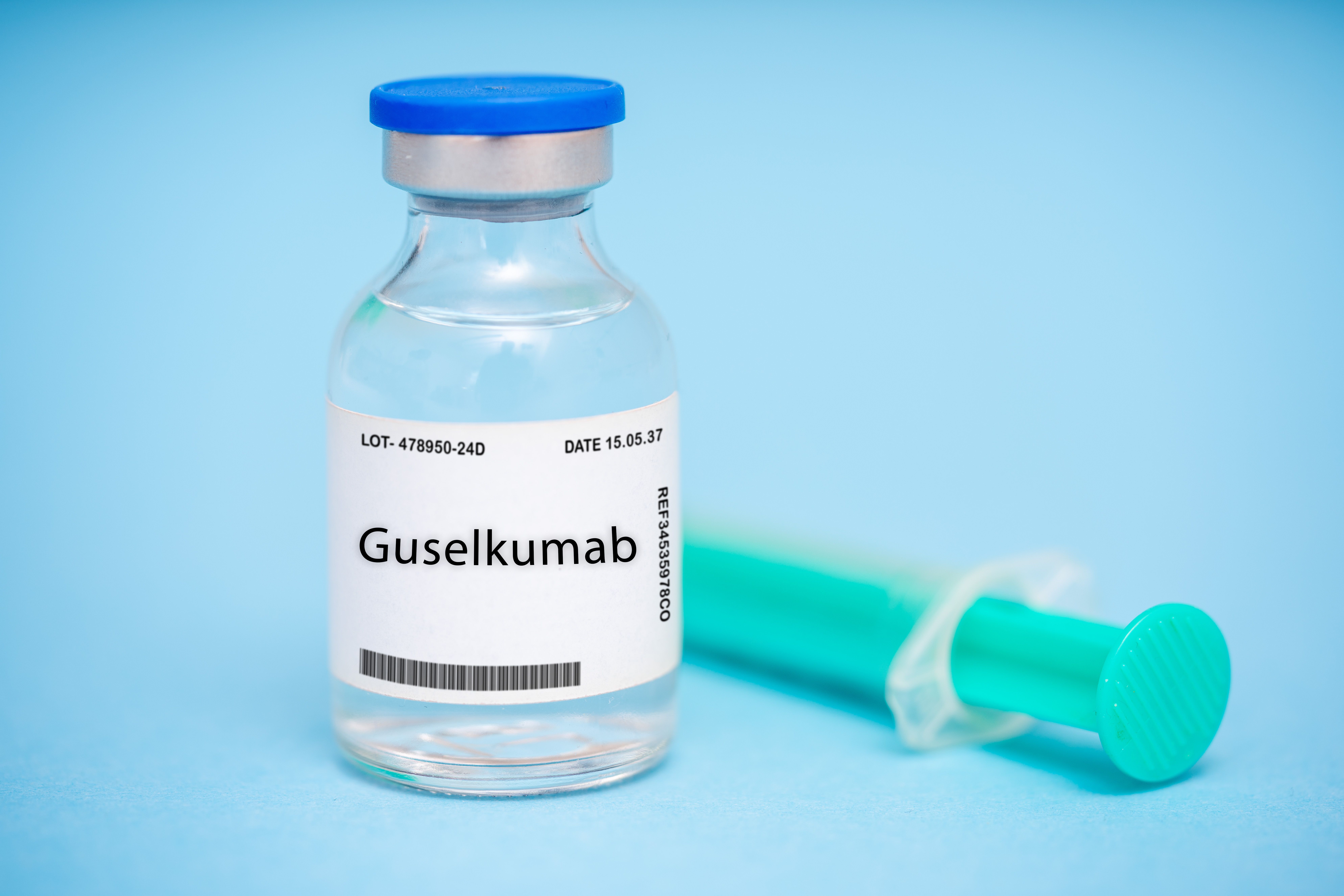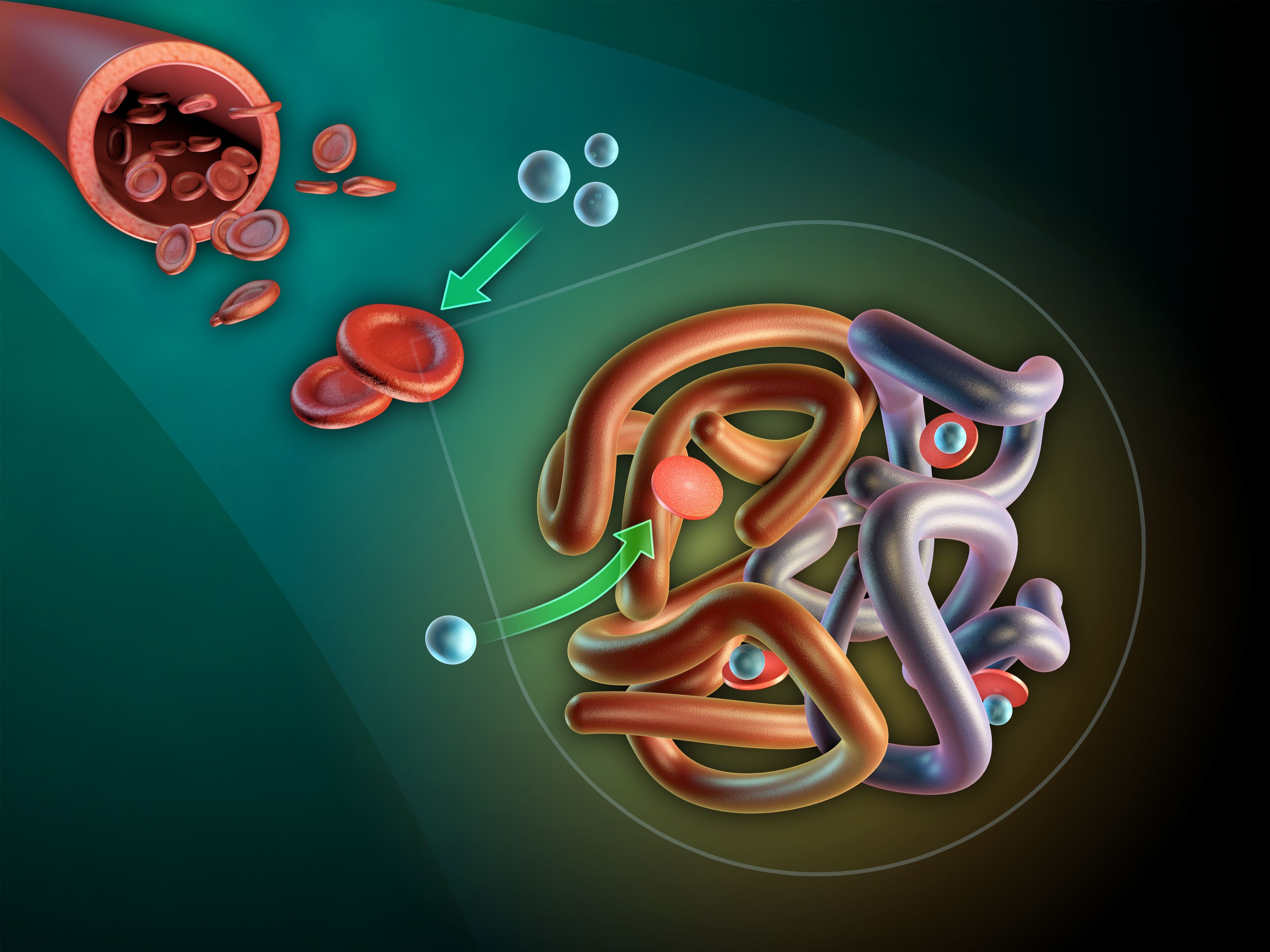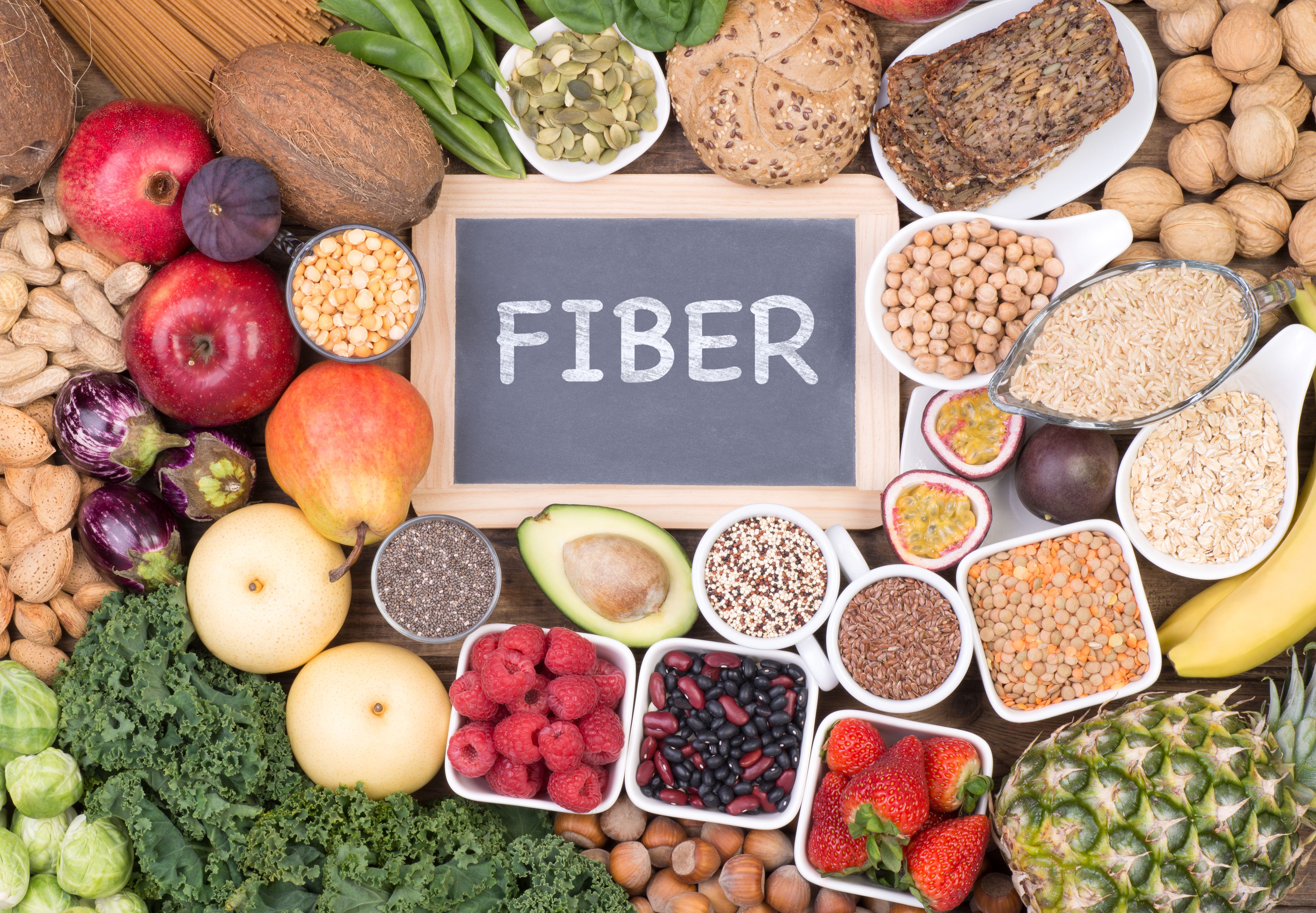Article
Review Probes Role of Eosinophils in Chronic Rhinosinusitis With, Without Polyps
Author(s):
A review explored the potential role of eosinophils and their mediators in the pathophysiology of chronic rhinosinusitis (CRS) subtypes.
A review explored the potential role of eosinophils and their mediators in the pathophysiology of chronic rhinosinusitis (CRS) subtypes. A pair of researchers outlined the evidence supporting several plausible roles of the cells but noted that eosinophils may not be the only suspect in the pathogenesis of the condition.
CRS with or without nasal polyps (CRSwNP and CRSsNP, respectively) is a complex nasal condition with different subtypes, whereas nasal polyps are “characterized by a chronic type 2 inflammatory response with tissue eosinophilia,” authors wrote.
While eosinophils are considered a distinctive feature of nasal polyps, according to researchers, there is a lack of understanding regarding the role they play in the pathogenesis of CRSwNP. One plausible explanation could be that nasal polyp eosinophils may mark sinonasal disease severity, as nasal polyps have been said to have increased mediators important for the build-up of eosinophils and their survival.
“To this end, patients with eosinophilic nasal polyps were found to have more severe sinus inflammation on sinus computed tomography (CT) scan and nasal endoscopy compared to those with non-eosinophilic nasal polyps,” explained the researchers. However, there is a need for a uniform consensus on how to define tissue eosinophilia.
In addition to their role as a biomarker for disease severity, eosinophils may also directly contribute to the pathogenesis of CRSwNP, authors wrote. This possibility has been explored in a recent study, which found that nasal polyp eosinophils have significantly higher levels of CD69 mRNA—a marker of cellular activation—compared with eosinophils from peripheral blood. Furthermore, the study found the mean fluorescence intensity of CD69 on the surface of nasal polyp eosinophils was significantly and positively correlated with nasal polyp size and degree of sinonasal inflammation.
Less data exist on the potential role of eosinophils in CRSsNP, as it was only recently that studies began indicating this largest subtype was a type 2 inflammatory subtype, contradicting earlier thought that the subtype was a type 1 (non-eosinophilic) endotype. Recent data have shown that up to half of patients in the United States and approximately one-third of patients in Europe and Beijing, China with the CRSsNP subtype have a type 2 inflammatory endotype.
Several treatments, including corticosteroids, dexpramipexole, and multiple biologics have been shown to reduce tissue eosinophils, whether directly or indirectly in these patients.
“However, despite all fingers being pointed at the eosinophil as a central effector in CRS disease pathogenesis, reductions in eosinophils do not always result in clinical improvement,” researchers cautioned, noting that precision medicine approaches may unveil new areas of investigation and a better understanding of CRS pathogenesis. “Additional studies using biologics that selectively and virtually completely eliminate eosinophils are needed to better clarify the specific role of eosinophils in CRS,” they concluded. “In the meantime, it remains possible that eosinophils and other effector cells, are all culprits.”
Reference: Bochner BS and Stevens WW. Biology and function of eosinophils in chronic rhinosinusitis with or without nasal polyps. Allergy Asthma Immunol Res. 2021;13(1):8-22. doi: 10.4168/aair.2021.13.1.8





